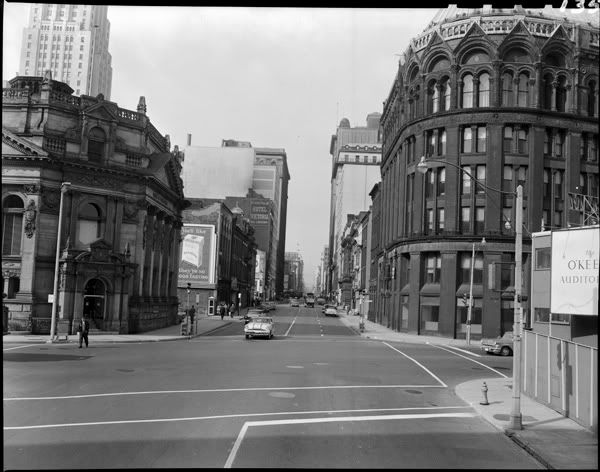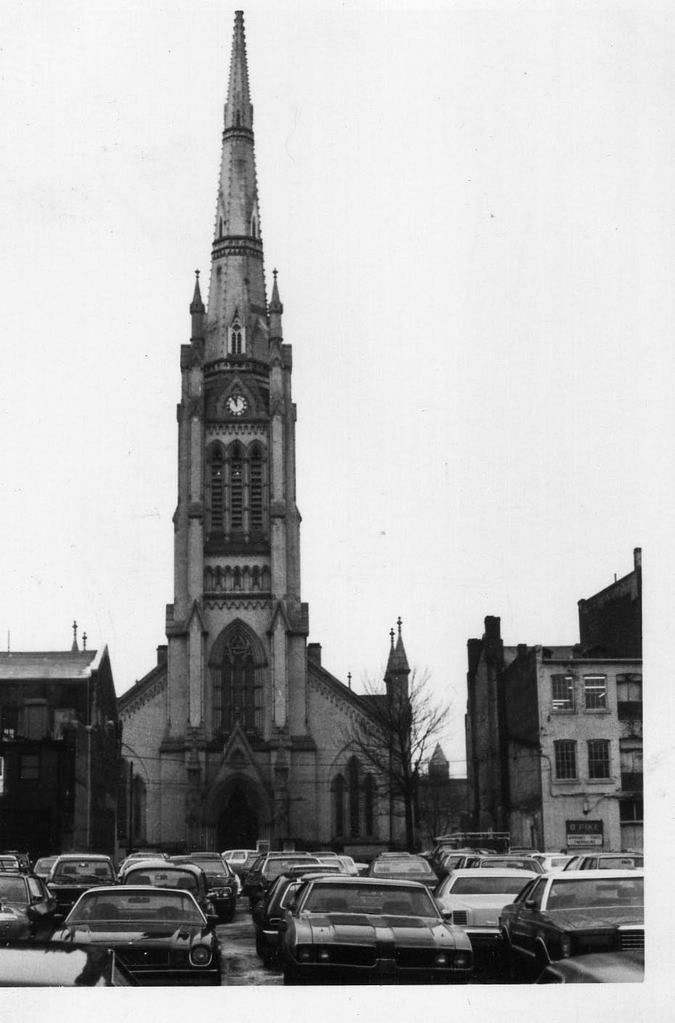LowPolygon
Senior Member
the aerial shot shows the insane level of destruction of the original early Victorian city. the O'Keefe site looking east is surrounded by acres and acres of (empty) parking lots....


not the site proper--but you get a sense of the wholesale decimation underway in that era








not the site proper--but you get a sense of the wholesale decimation underway in that era






Last edited:






